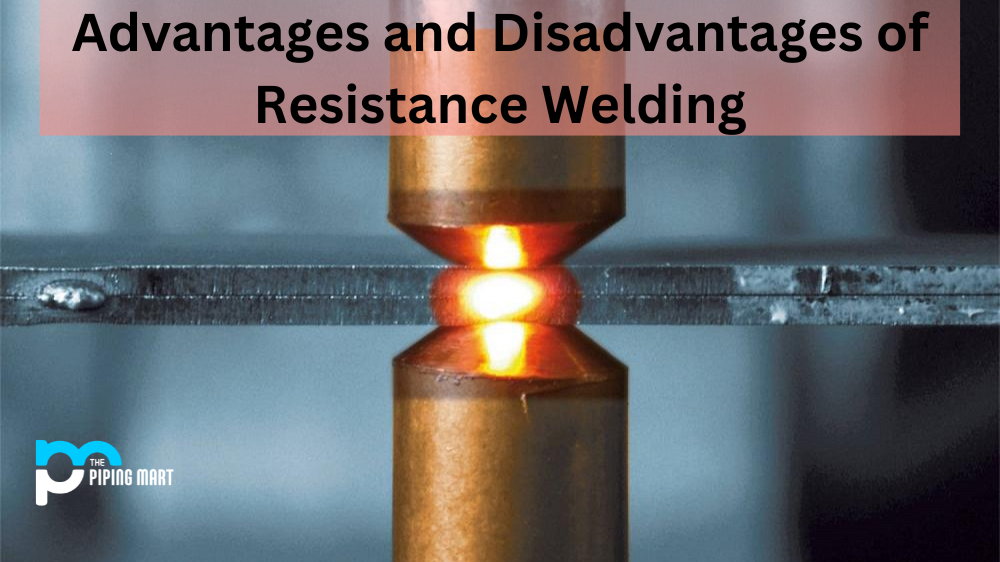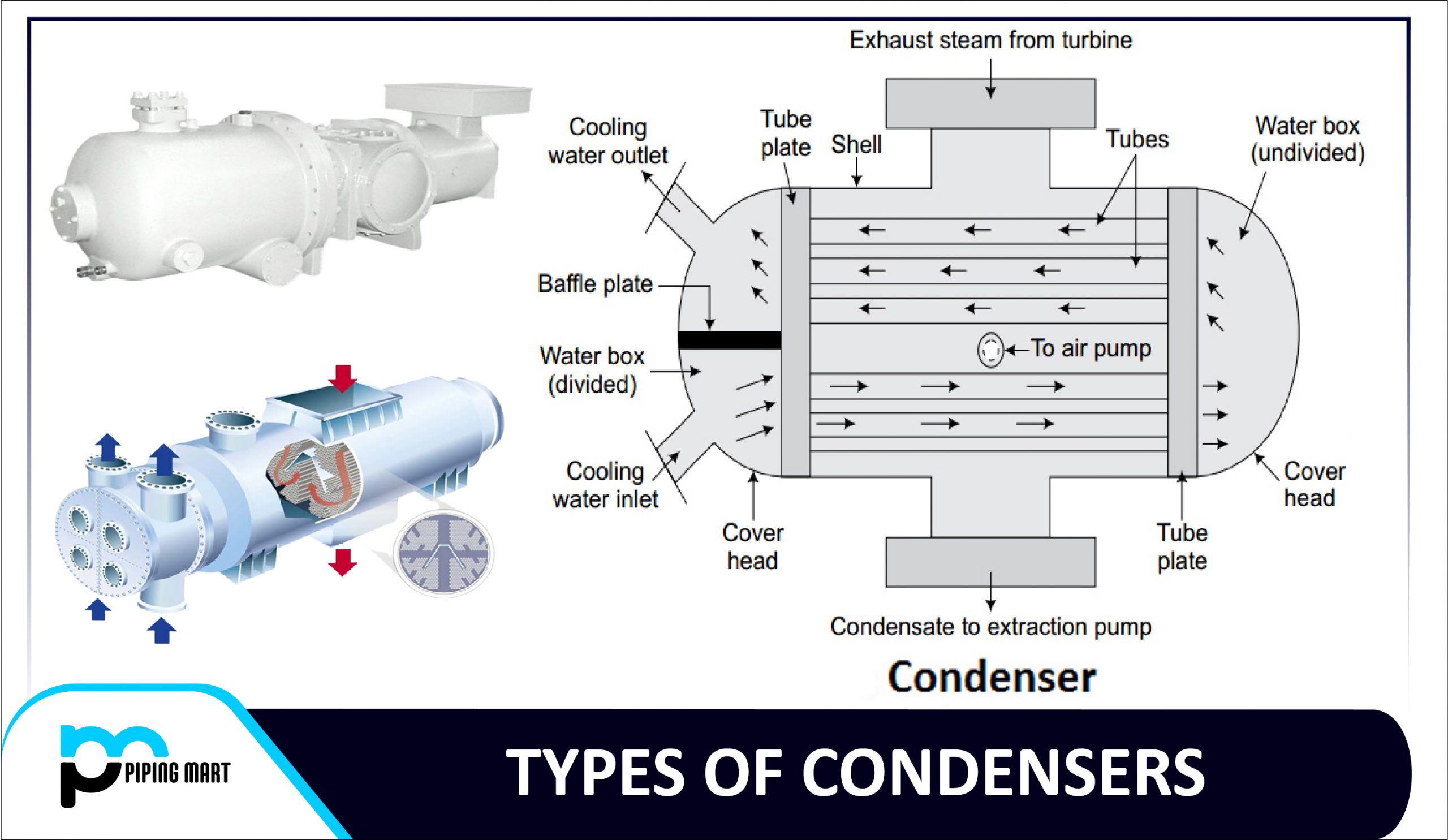Welding is an essential task in the construction and manufacturing industries. It is a process of joining two metals to form a permanent bond. However, different welding techniques and methods are available, each with advantages and disadvantages. Argon welding and electric welding are two popular welding techniques in the industry. But which one is better? This blog will compare argon and electric welding and help you decide which one to use for your next project.
What is Argon Welding?
Argon welding is also known as GTAW (Gas Tungsten Arc Welding) or TIG (Tungsten Inert Gas) welding. It uses a tungsten electrode that creates a welding arc between the electrode and the welded metal. Argon gas protects the welding zone from oxygen and other atmospheric gases, preventing oxidation and contamination. Argon welding is commonly used for fusing thin materials, such as aluminium, stainless steel, and copper. It produces high-quality, precise, clean welds, making it ideal for projects requiring a high aesthetic appeal.
What is Electric Welding?
Electric welding is also known as SMAW (Shielded Metal Arc Welding) or stick welding. It uses a consumable electrode that melts and forms a bond with the metal being welded. A flux shield also covers the welding area, which produces gas to protect the welding zone from atmospheric gases. Electric welding is commonly used for fusing thick materials, such as steel and iron. It is relatively easy to learn and is best for projects that don’t require a high aesthetic appeal.
Difference Between Argon Welding and Electric Welding
Advantages of Argon Welding
Argon welding has many advantages over electric welding. Its high-quality welds are free of spark and splatter, making it ideal for precision welding. It also produces fewer fumes than electric welding, making it safer for welders. Argon welding creates a narrow heat-affected zone, which reduces the chance of warping, cracking, or distortion. This technique also creates less visible welding lines, which is great for aesthetic applications.
Advantages of Electric Welding
Electric welding is a versatile process that can be used for various materials and thicknesses. It is also a portable process, and the equipment is easily transported from one job site to another. Electric welding is ideal for outdoor welding projects, as it can be applied in any environmental condition. Additionally, this technique produces a stronger weld than argon welding and is more suitable for heavy-duty applications.
Other Differences
- Argon welding is a type of gas welding that uses an argon gas mixture to protect the weld area from oxygen and nitrogen in the air.
- Electric welding is a type of welding that uses an electric arc to create heat for the weld.
- Argon welding is more expensive than electric welding because argon gas is more expensive than electricity.
- Argon welding is more efficient than electric welding because it requires less heat to create a weld.
- Argon welding is more precise than electric welding because argon gas protects the weld area from contamination.
Conclusion
Both argon and electric welding have advantages and disadvantages, and the choice between them depends on the type of project you are working on. Argon welding is best for precision welding thin materials, while electric welding is more suitable for heavy-duty welding of thicker materials. In general, argon welding produces a high-quality, clean, and precise weld, while electric welding produces a stronger weld more resistant to cracking. Ultimately, the best welding technique depends on your project requirements, budget, and skill level.
Rachana is a dedicated and ambitious young woman who has made a name for herself in the metal industry. From her earliest days in the industry, Rachana showed a natural talent for problem-solving and a keen eye for detail. In her free time, She enjoys reading up on the latest advancements in the industry, as well as exploring new ways to innovate and improve upon existing processes.




